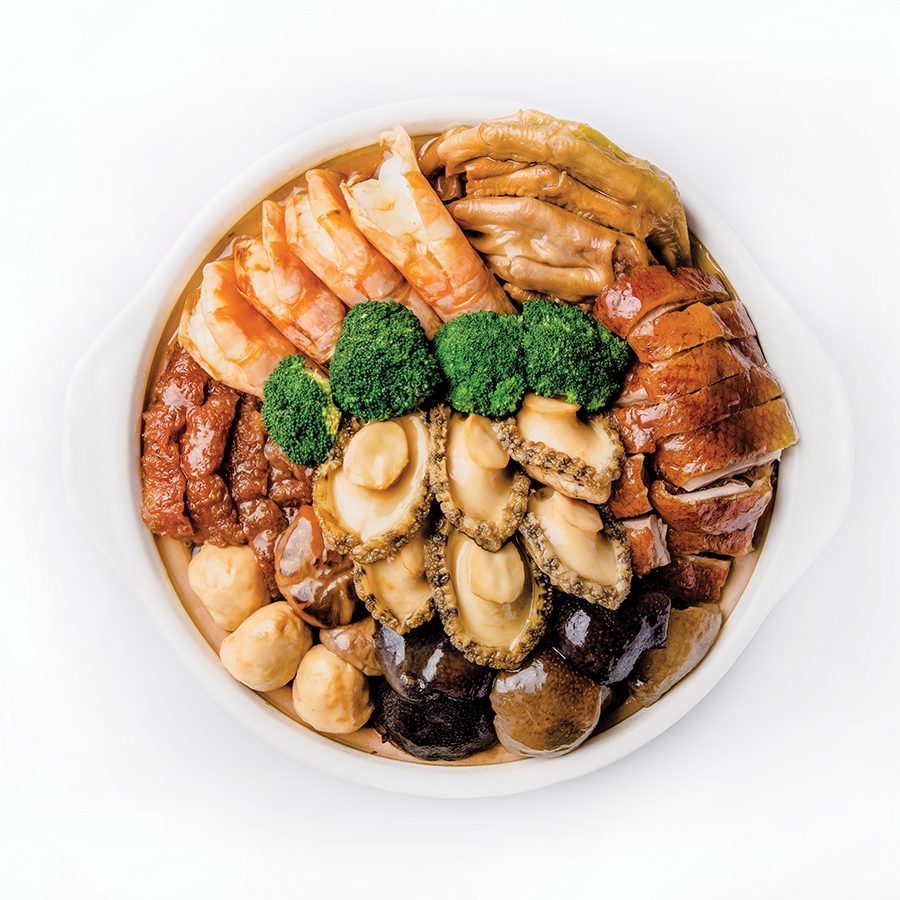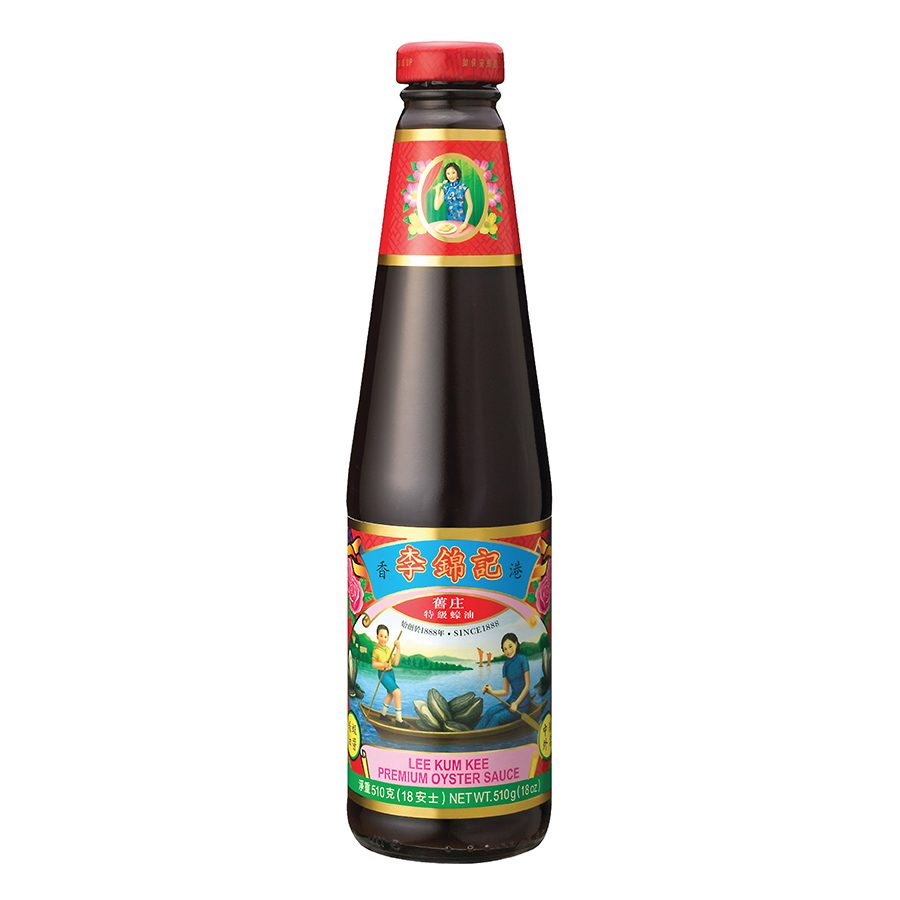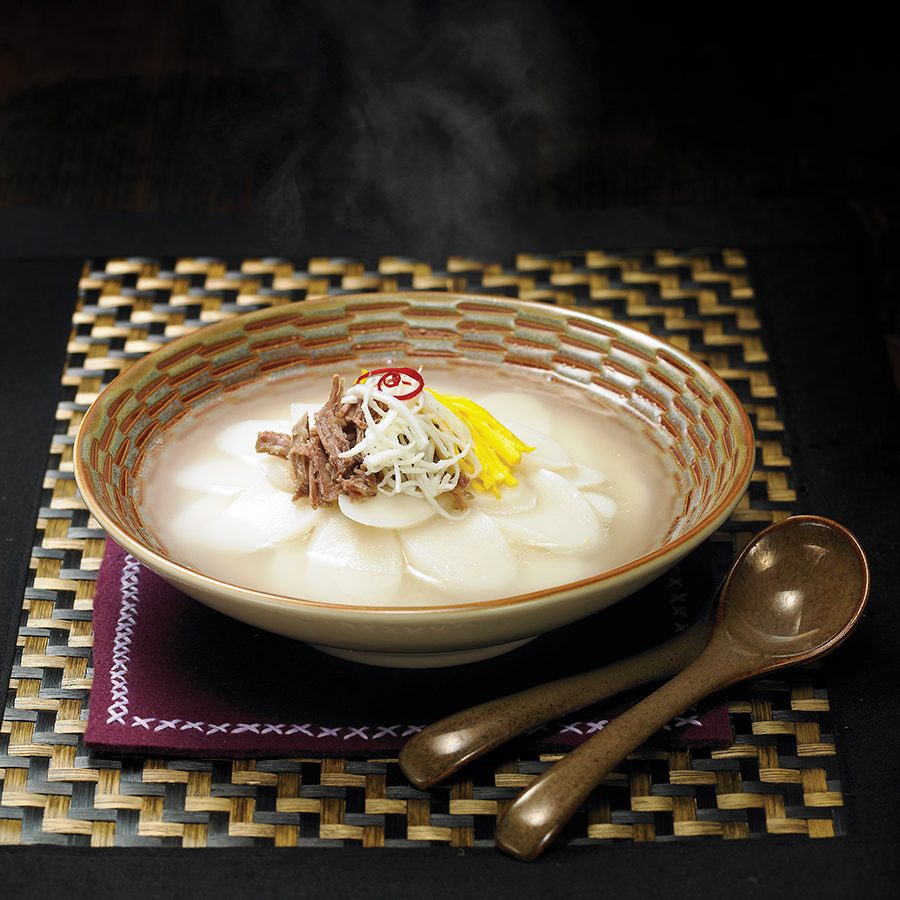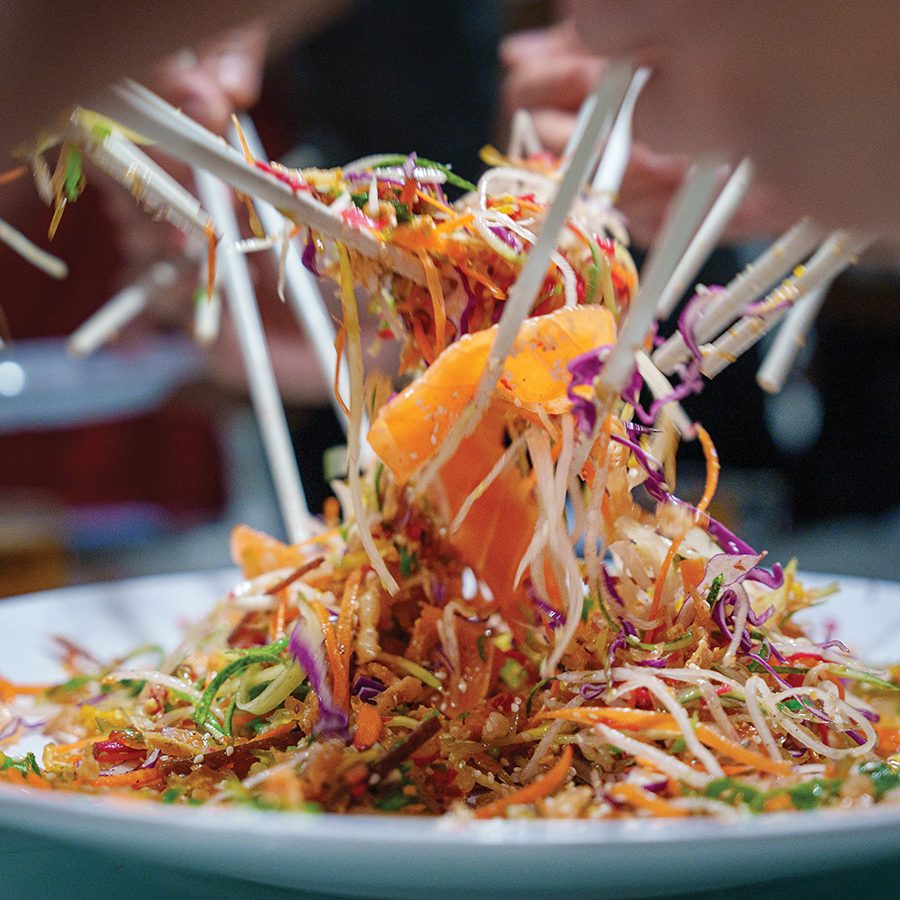A guide to Lunar New Year food: from poon choi to lo hei


There’s one thing that brings people together at Lunar New Year: food. These are timeless moments across Asia and the world, longstanding customs as families and friends come together over the dining table.
Lee Kum Kee encapsulates the power that lies in every bite of every dish at every gathering. It embodies the power of food to unite us: as people; as families; as cultures. Selected from across Asia, these three dishes symbolise the power of the flavours that bind.


1. Poon choi, Hong Kong SAR
Poon choi is a rich, savoury traditional dish from the walled villages created by layering a wealth of premium ingredients, such as abalone, dried mushroom, black moss and deep-fried pigskin, into a deep dish. When braised in a rich stock, the flavours blend together to create a delicious whole – just as families are united by food and flavour during this period of celebration.
The sauce: the many flavours of poon choi are united by Lee Kum Kee’s Premium Oyster Sauce. This traditional Chinese condiment was discovered in a stroke of serendipity in 1888, when the company’s founder Lee Kum Sheung left a pot of oyster soup boiling for too long – and discovered a uniquely transformative sauce. Rich and savoury, its intensely umami flavour brings this classic Lunar New Year dish to life.

Credit: Food Plan Shoot or Imazins/Getty Images

2. Tteokguk, South Korea
Korean families welcome Seollal – the first day of the lunar calendar – with a comforting communal dish made with tteok, chewy rice cakes, in a clear beef broth. The oval tteok resemble coins and are eaten to attract prosperity for the upcoming year: a blessing in every bite of Seollal tteokguk.
The sauce: a dash of soy sauce brings together the flavours in this wholesome rice cake soup. Lee Kum Kee’s Salt Reduced Soy Sauce enhances flavour while helping you to moderate your sodium intake.

Credit: Thai Liang Lim/Getty Images

3. Lo hei, Singapore and Malaysia
Lo hei, also known as yee sang, is an exuberant affair that turns dining into a shared experience of joy and connection. Chopsticks in hand, diners collectively toss a salad full of thinly sliced mixed ingredients, such as white radish, into the air while calling out auspicious phrases. This dish is meant to symbolise a long life, wealth and good fortune. The higher the toss, the more luck flows into the new year.
The sauce: pair lo hei with Lee Kum Kee’s sweet and tangy Plum Sauce and aromatic Sesame Oil for a fresh and auspicious cold dish with a rich sense of togetherness and unity.
More inspiration
- China – the Chinese Mainland, Hong Kong SAR, Macao SAR and Taiwan Region
- Hong Kong SAR - English
- Chinese Mainland (China) - English
- Taiwan China - English
- 香港特別行政區 - 繁體中文
- 中国內地 - 简体中文
- 中國台灣 - 繁體中文
- Africa
- South Africa - English
- Asia
- Bangladesh - English
- Korea - English
- Singapore - English
- Cambodia - English
- 한국 - 한국어
- Sri Lanka - English
- India - English
- Malaysia - English
- Thailand - English
- Indonesia - English
- Maldives - English
- ประเทศไทย - ภาษาไทย
- Indonesia - Bahasa Indonesia
- Myanmar - English
- Vietnam - English
- Japan - English
- Nepal - English
- Việt Nam - tiếng Việt
- 日本 - 日本語
- Philippines - English
- Australasia
- Australia - English
- New Zealand - English





.renditionimage.450.450.jpg)

